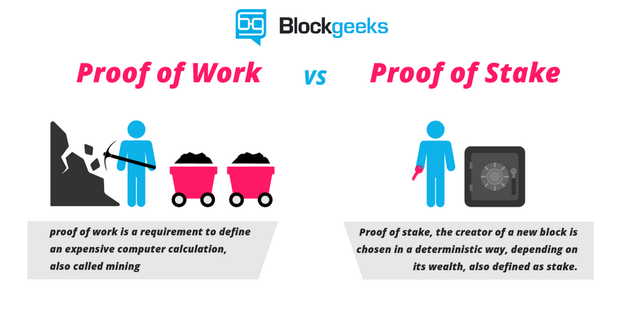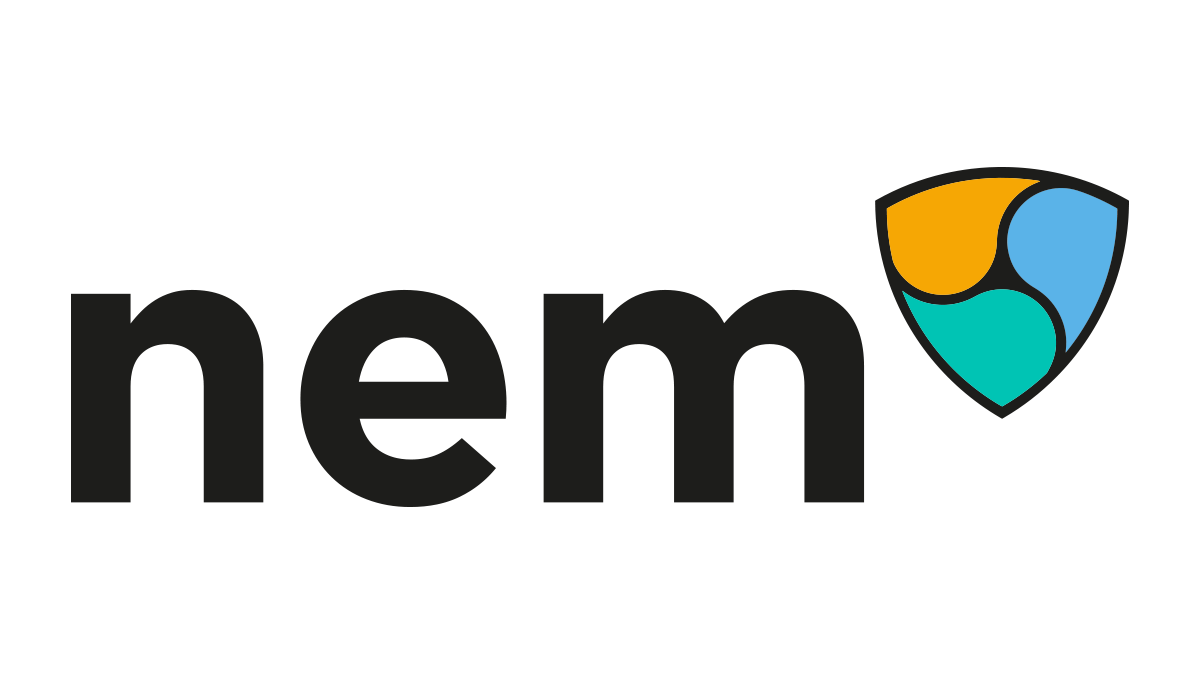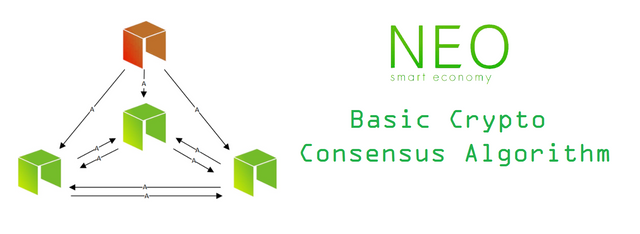A guide meant to serve an introduction to the crypto world

Why are they important?
Although many cryptocurrency try to distinguish them by solving specific problems, most of them have the same set of integral values: security, transparency (or lack thereof), immutability, global availability, speed and price.

Security: assets controlled by a centralizing authority (a recognized body, such as a state or a bank), such as FIAT coins, bonds, securities and securities, are vulnerable to fraudulent manipulation. Regardless of whether a central bank can change a currency, either a corrupt or incompetent government can change or lose property, even if it is in digital form. Cryptomonades are inherently decentralized. Records do not exist in one place, but in hundreds or thousands of servers around the world. In the case of Bitcoin, the network can be compromised only if 51% of the server's processing power results in a poorly coordinated attack.
This is an economically impossible task, given the enormous amount of computing power distributed around the world and limiting the damage they can produce. People who are part of the system have economic incentives not to interfere with the network. * Although it is almost impossible to create a network hack, we can not say the same about individual security with regard to the wallet
Transparency: almost every cryptomoneda is open source, meaning the source code is available to everyone. For programmers everything is transparent. Then it is possible to trust the system without trusting in a person, because the code is subject only to logic. Moreover, by using "explorers", it is possible for anyone to see every transaction that has ever been executed since cryptomonasis was created. Some cryptomones differentiate by doing the opposite and making it impossible (or at least so demanding) to verify transactions.
Immutability: Given the two previous points, not only is it not possible to change the history of transactions, but they can also be verified, allowing total confidence that transactions took place without the need of a third party. These recordings can never be changed.
Global accessibility: As long as you have access to the internet, the cost and speed of the transaction are the same for someone who has a fiber optic connection in New York, as well as someone with a mobile connection in Ethiopia.
Speed and price: Bank transfers can take up to a few business days and offer rather bad exchange rates between currencies. Criptomones solve this with trading times from almost instant to one hour, depending on the cryptomonda used. In addition, it is not necessary to change the currency, so the amount sent will also be the amount received minus a transaction fee (usually) small or even 0.
Consensus methods
The nodes in the crypto may be considered as competing branches. Every time a page is filled in their registers, they are synchronized with everyone's registers. "Blocks" in blockchain can be considered pages. Finally, the complex equation it needs to solve with the value of the transaction on the page is called hashing. So what is the benefit of being a knot? Well, every transaction that is done has to pay a toll to the nodes for processing it and for securing the security through various conscious methods. I will discuss the most important ones below:

Proof of Work (PoW)
Prooft of Work was the first method to ensure consensus and the most widely used. In order to finish a page or a block, a node must solve a very complex mathematical equation. The only purpose of this mathematical equation is to make sure that the node works a lot and consumes a lot of electrical energy. Instead, the node receives cryptomoneda for resolution, known as block reward plus transaction fees. This is known as mining.
The nodes of PoW can choose to make it work by becoming "miners". If a miner receives a different response to the equation than the other miners, their response will be rejected. Miners do not want to waste money on electricity for nothing, so they are economically stimulated. In this way, the only way to cheat the system is to control 51% of the registers, or more accurately, 51% of the computing power. Even then it is extremely difficult to change the previous transactions and it is impossible to change the transactions after a few blocks. A miner with 51% of power could prevent transaction confirmation and could reverse the transactions it carries, but given the amount of investment it takes, it makes no sense to try it.
The more a node has more computing power, the more likely it is to find the first response to the equation before the other nodes and to receive the block reward. It is common for many users to pool their resources into a conglomerate, known as the "mining pool", to have a more consistent income.
The difficulty of block ("Block difficulty") is how difficult it is to solve the mathematical equation. If the blocks take too long to be solved then the difficulty is reduced, if they are solved too quickly, then the difficulty is increased. Block timing determines the frequency of using a new page of the registry. So if the page sizes remain the same and you have a lot of transactions, a smaller block time can help solve them. However, there are some technical security risks with shorter blocks if there are not enough transactions.
Benefits:
It requires a large investment capital and therefore requires a node to be very invested in the currency it exploits, thus providing a deterrent to deception
There are economic incentives for mining that lead to a large number of knots and computing power. The higher the number of nodes and the computing power, the more secure the network.
disadvantages:
It uses a lot of energy. A transaction requires the same amount of energy as a home for a whole day.
Confirmation times longer than other methods
Few transactions per second (7 tx / s for Bitcoin)
Calculation power tends to centralize in parts of the world where electricity is cheap
Crypto using PoW:
Bitcoin
Bitcoin Cash
Litecoin
Proof of Stake (PoS)
There is no mine in PoS. Instead, a node will be elected and simply process the transactions without having to solve a complex math puzzle. The other nodes will check the block. To penalize any attempt to cheat the system, the nodes must block a certain number of coins in a virtual vault and this stake will be lost if it detects a dubious activity. This system is called "Staking" and can be considered as similar to mining for PoW but without high electricity bills. The more you put the coin than the Stake, the more likely you are to be the next block, so you have more to lose if you try to cheat.
Benefits:
Faster confirmation times
More transactions per second (Tx / s)
disadvantages:
There are still questions about PoS security and how to apply the "Game Theory" (by John von Neumann) to the nodes.
Crypto using PoS:
NXT
Peercoin
Ethereum will change to PoS soon
Proof of Importance (PoI)

Users must place a fixed stake in their currency to become a node. The probability that their node is chosen to create a block (and earn the fees) depends on the "Score of Importance" that is determined by how much you use the network. Frequent sending of large amounts of currency will keep you high.
Benefits:
Encourages use as a currency
Reward users actively involved in the currency
Apparently very safe and efficient
Very scalable
disadvantages:
The complex criteria for setting an important score could scare the new investor
Crypto using PoI:
NEM
TL; DR You can reward yourself for many transactions
Delegated Byzantine Fault Tolerance (dBFT)

The delegated part of this consensual method refers to the nodes that are chosen by the shareholders. In order to be elected, a node must place a stake on some of its crypt and we can say that it is similar to PoS. However, the nodes are not moderated by the value they put as a stake, instead each node is moderately equalized. A minimum amount must be set for each node you want to control. It becomes more and more expensive to control multiple nodes and less and less likely to vote for any of them. Shareholders will vote on the nodes that charge the lowest transaction fees as they promote the use of the network. Low transaction fees reduce economic incentives to become knots, preventing attackers from being rewarded for trying to create a node monopoly. There is no mining in this method, transaction fees are paid at the nodes. Benefits: Rapid confirmation times Very high transaction per second (1000 Tx / s) The blockchain will stop before allowing a fork, meaning a greater focus on stability Reduced transaction fees (currently free) disadvantages: So far it has not been widely tested
Crypto using dBFT:
NEO
TL; DR dBFT allows users to choose nodes that have set the stake as minimum. Each node is equal and small trading fees are maintained.
Delegated Proof of Stake (dPoS)

dPoS has two kinds of nodes: "Witnesses", those who confirm transactions and who are paid fees, and "Delegates" who make decisions on transaction fees, block size and timing, among others. Both types of nodes are elected by majority vote.
Benefits:
Witnesses and Delegates are elected separately to Avoid Conflict of Interest
Adaptable. Blockchain parameters can be changed quickly based on user needs
disadvantages:
It is difficult to have a high rate of participation in the voting process because users need to remain permanently informed about the behavior of Witnesses and Delegates and the blockchain
Frequent changes to parameters can cause loss of users looking for stability
Crypto that use dPoS:
BitShares
TL; DR dPoS allows users to choose Writers who process transactions and Delegates who decide on the rules
**Tangle **

This consensual method deserves its own category, and it is not technically a blockchain either. The tangle network is based on each user, each of which acts as a node. Before a transaction is confirmed, the user must validate two or more previous transactions. Once this has happened, another user will validate your transaction so that they can also make a transaction in their turn. In this way, instead of a block of blocks, we have a trading net. This allows for instant free transactions and is highly scalable. However, there are many questions about security and "oracles", which are needed to serve as a kind of supernatural and controlling the system. Benefits: Immediate Transactions Free Transactions (Free of Charge) Allow microplates ($ 0.0001 if user wants) It is designed to work on systems with very low capacities (eliminates the need to have a lot of computational power on each device) disadvantages: Less secure than other consensual methods It currently uses a "Coordinator" that can be considered as helping wheels until the network is large enough to work without it and there are uncertainties about how the network will behave without it when it is removed
Crypto using tangle:
IOTA
TL; DR Tangle allows instant free transactions, making each user a node, but with security cost
Categories of cryptocurrency
Store of Value Coins - coins with the ability to store value.

The first generation of cryptocurrency was created in order to store the value in a digital format. Their purpose was to replace the fiat currency (the currency a government declared a legal means of payment, eg, USD, EUR) to buy and sell things, hoping that their use will be as present as euro or dollars. Bitcoin is the perfect example for a value-storeable currency that can be used to buy cars, houses or even other cryptocurrency.
Other coins like: Litecoin, Monero, NEM, ZCash.
These coins are similar to gold, having value because we agree that they have value (this value is an abstract social construction). Part of this comes from being rare. Like gold, cryptomonas can not be created, but must be mined, being in a limited quantity. Limited quantity ensures that this value has not been created from anything.
Generally, these coins have no other function besides their purpose of storing value. Bitcoin ownership allows you to use the Bitcoin Blockchain but does not have the functionality of smart contracts, computing power or other uses that other tokens offer. Some of these coins, such as Litecoin, are trying to develop their functionality and could become the next coin: Network Utilization Coins.
Network Utilization Coins - They are more than just a currency that stores value, they are programmable coins that feed a unique function of their own blockchain. In this category there are 2 subcategories: PlatformCoins and ProductCoins.
PlatformCoins - also known as Gas, are extremely functional. They can be used to make transactions, as a way of guaranteeing and storing in contracts. One such example is Ether. It can be used to implement smart contracts or to access the EVhere (Ethereum Virtual Machine). This aspect allows users to create applications running on the Ethereum block and to execute conditional transactions or even implement their own ERC20-based currency. (ERC20 defines six different functions and is a standard set of rules for all Ethereum tokens, meaning that developers will know exactly how they will work inside the Ethereum system. The introduction of this standard allows the tokenisation of other features, including the right to vote). The cost of this functionality is Gas that is paid for each transaction.

ProductCoins - are less versatile. They are usually used to buy a thing that specifically provides their specific blockchain. Such cryptomonades are: SiaCoin, Golem, Maidsafe, Storj. They are used to access a certain distributed resource. Siacoin offers encrypted and decentralized cloud storage and Golem provides access to computing power. A major difference between Store of Value Coins and these Network Utilization Coins is that Store of Value Coins are becoming more valuable to me as they are increasingly used as a currency, while Network Utilization Coins are more valuable as the utility that they offer it grows.
Equity Coins - grants property rights or offers a source of income to those who own it. The design of an EquiCoin is that ICO (Initial Coin Offering) funds are used to develop a product, and when this product is launched, those who hold these coins receive dividends based on product use. This dividend may come from taxes or profits collected by the blockchain.
Pegged Coins - StableCoins - The goal of a stablecoin is to keep the value of money at a price strictly related to the value of another good. Generally, this results in higher price stability for cryptocurrency. These types of cryptocurrency offer investors a secure "paradise" in times of high market volatility and uncertainty, while keeping investors in the crypto market.
Typically, StableCoins's fixed amount is the coin. These coins are designed to be the equivalent in the cryptomonade of the dollar, the euro or the yuan. Cryptocurrency such as BitUSD or NuBits have failed in the past, and now there is Tether (USDT, EURT). Tether for each currency it distributes holds an equivalent amount in the reserve (there is no evidence in this respect), but in a centralized company.

The @adsactly Society is junction for all those having some skills & free thinking and want to cooperate. It is a way to create better environment at steemit.
You are welcome to join @adsactly Discord Channel

@resteemator is a new bot casting votes for its followers. Follow @resteemator and vote this comment to increase your chance to be voted in the future!
For future viewers: price of bitcoin at the moment of posting is 9217.70USD
thank you for update:))
Your Post Has Been Featured on @Resteemable!
Feature any Steemit post using resteemit.com!
How It Works:
1. Take Any Steemit URL
2. Erase
https://3. Type
reGet Featured Instantly & Featured Posts are voted every 2.4hrs
Join the Curation Team Here | Vote Resteemable for Witness
Release the Kraken! You got a 1.16% upvote from @seakraken courtesy of @sergiudemerji!
Resteemed to over 15100 followers and 100% upvoted. Thank you for using my service!
Send 0.200 Steem or 0.200 Steem Dollars and the URL in the memo to use the bot.
Read here how the bot from Berlin works.
We are happy to be part of the APPICS bounty program.
APPICS is a new social community based on Steem.
The presale was sold in 26 minutes. The ICO will start soon.
Read here more: https://steemit.com/steemit/@resteem.bot/what-is-appics
@resteem.bot